23 World Changing Innovations from North East England
North East England has spawned brilliant people, inventions and innovations that are responsible for changing the world we live in.

Director of Marketing Communications

North East England has spawned many brilliant people, ideas, inventions and innovations that are responsible for changing the world. This area of England boasts more than just scenic panoramas and beautiful cities, it is home to some of the best companies, universities and innovation centres in the country.
Here we look at some of the major inventions, innovations, and firsts from the region and everything that they brought to the world.
Where would those risk-taking navigators be without the lifeboat? Guess where this invention came out of. Yes, you got it. North East England. William Wouldhave, who was born in 1751 in North Shields, stakes claim to this world-changing creation. As the result of a competition to create a suitable boat — a contest motivated by a tragic shipwreck — Mr. Wouldhave conceived of a copper ship, buoyed by cork. For his participation in the contest, the inventor was awarded one guinea, a value equal to about one-quarter of an ounce of gold.
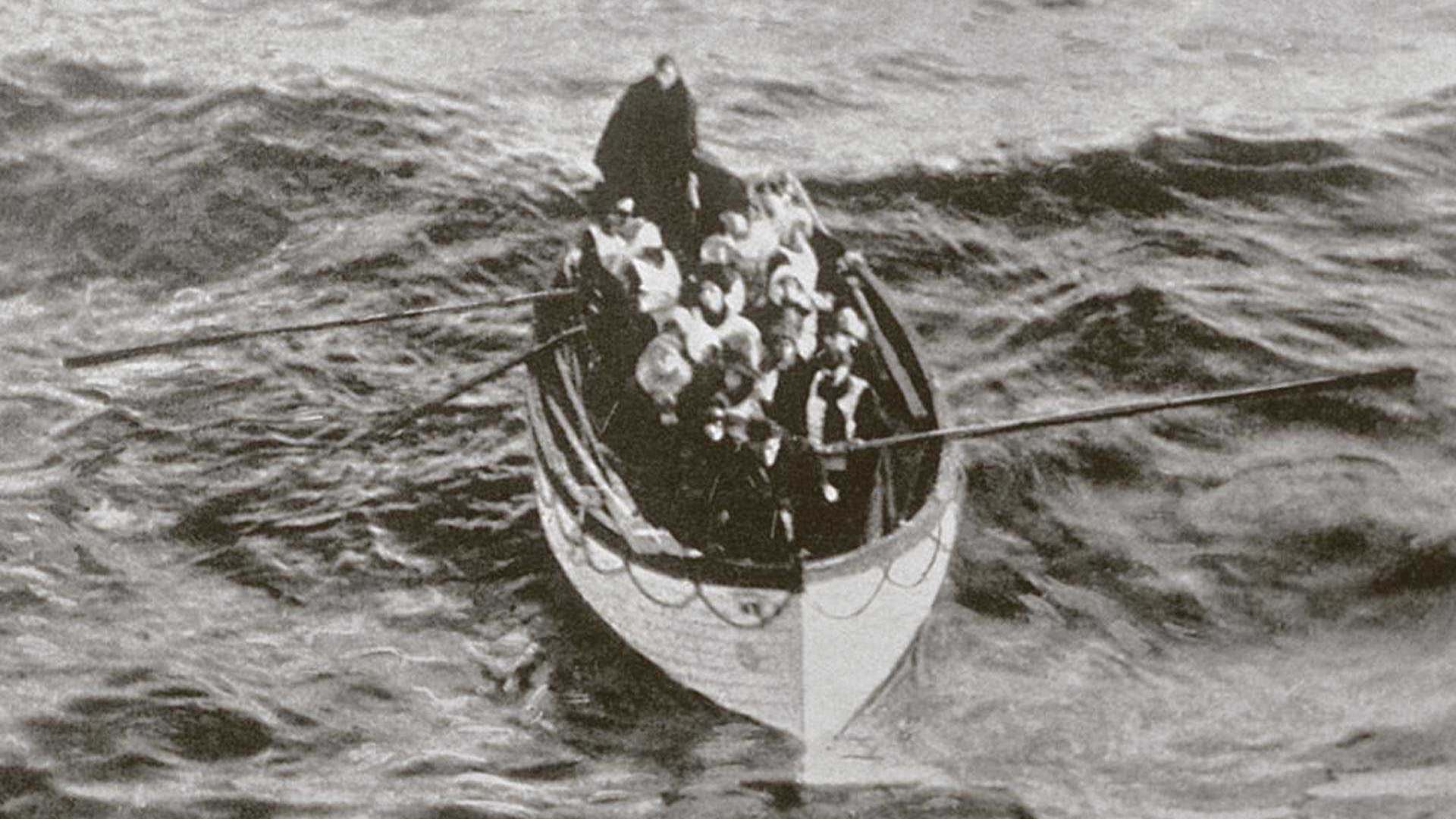
George Stephenson was born in 1781 in Wylam. His father was an engineman at a coalmine where Stephenson himself worked for a time.
In 1815, Stephenson created the Geordie lamp. Coal mining back in the mid-1800s brought disasters like the explosion at Wallsend, that caused the death of 102 people. With the Geordie lamp, Stephenson prevented potential explosions by contriving a mechanism which would extinguish the flame when the gas levels became too high.
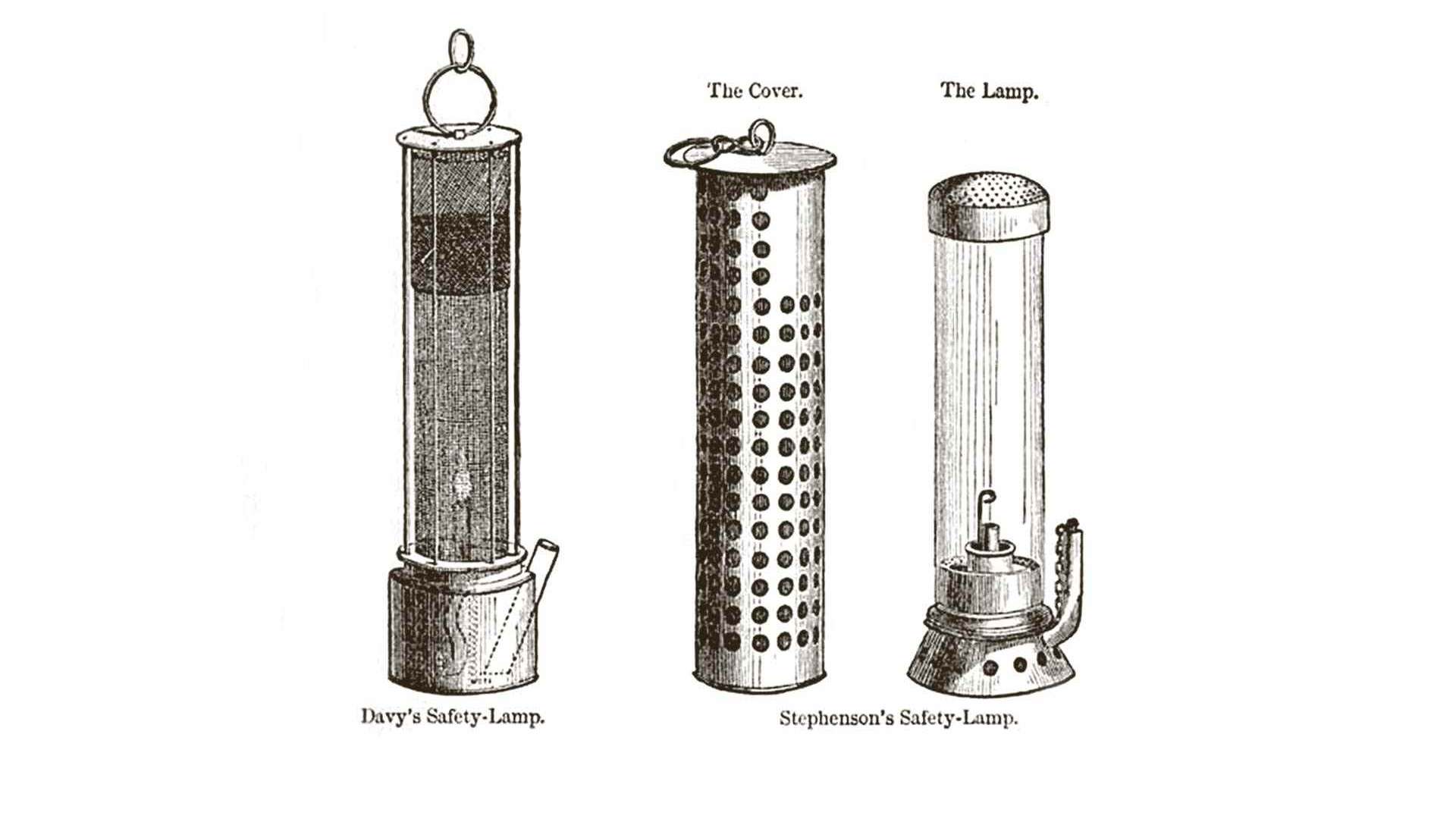
In 1821, George Stephenson was appointed engineer for the construction of the Stockton and Darlington railway. It opened in 1825 and was the first public railway in the world. The following year Stephenson was made engineer for the Liverpool to Manchester Railway, the worlds first inter-city railway line.
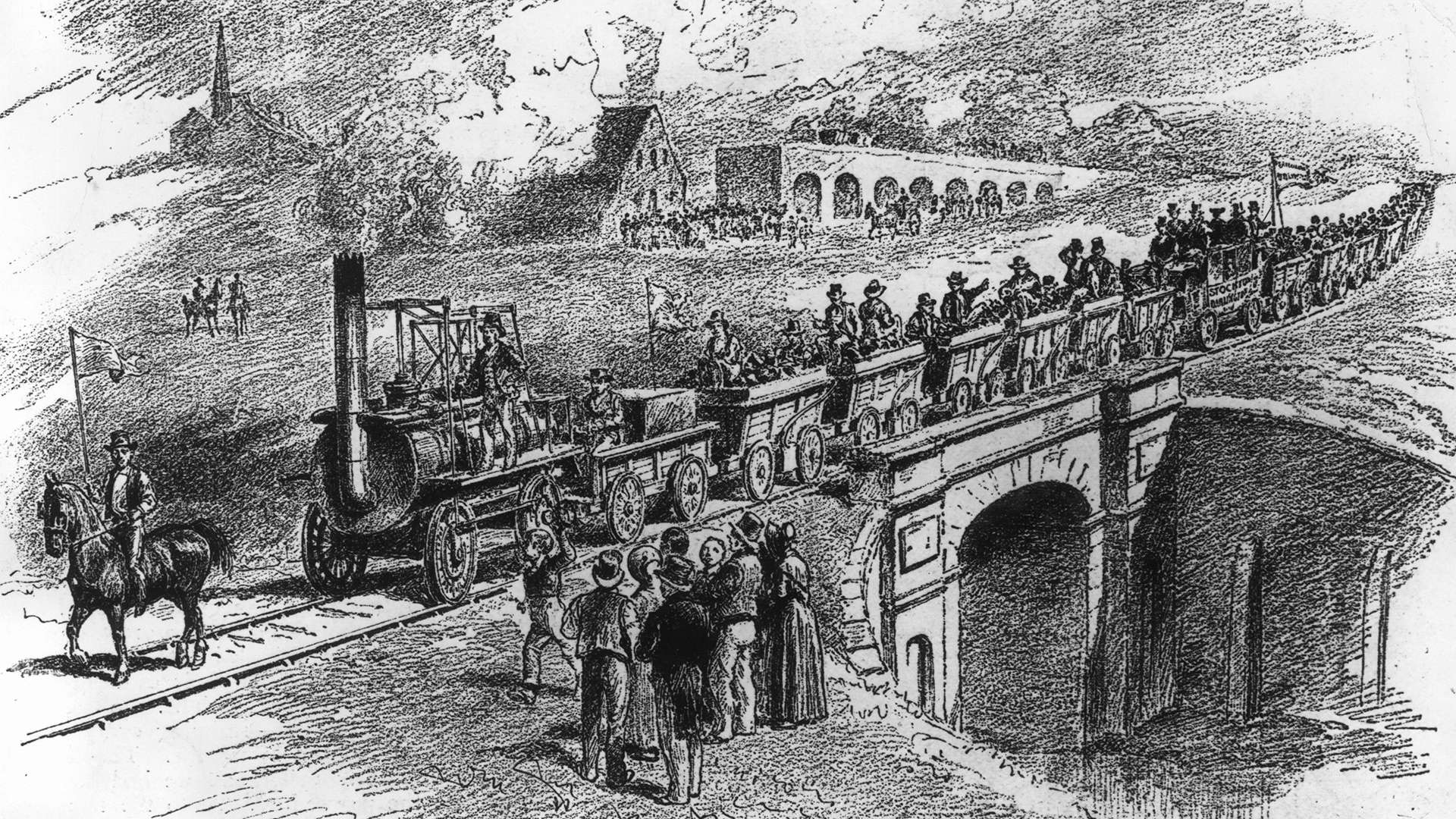
In 1824 father and son George and Robert Stephenson created ‘Locomotion No.1’ — the first railroad locomotive in the world to carry passengers on a public line.
In 1829, the duo created ‘Rocket’. Rocket was built for and won the Rainhill Trials held by the Liverpool & Manchester Railway to choose the best design to power the railway. Though the Rocket was not the first steam locomotive, it was the first to bring together several innovations to produce the most advanced locomotive of its day. It is the most famous example of an evolving design of locomotives by Stephenson that became the template for most steam engines in the following 150 years.
The opening of the Stockton to Darlington railway and the success of ‘Rocket’ stimulated the laying of railway lines and the construction of locomotives all over the world.
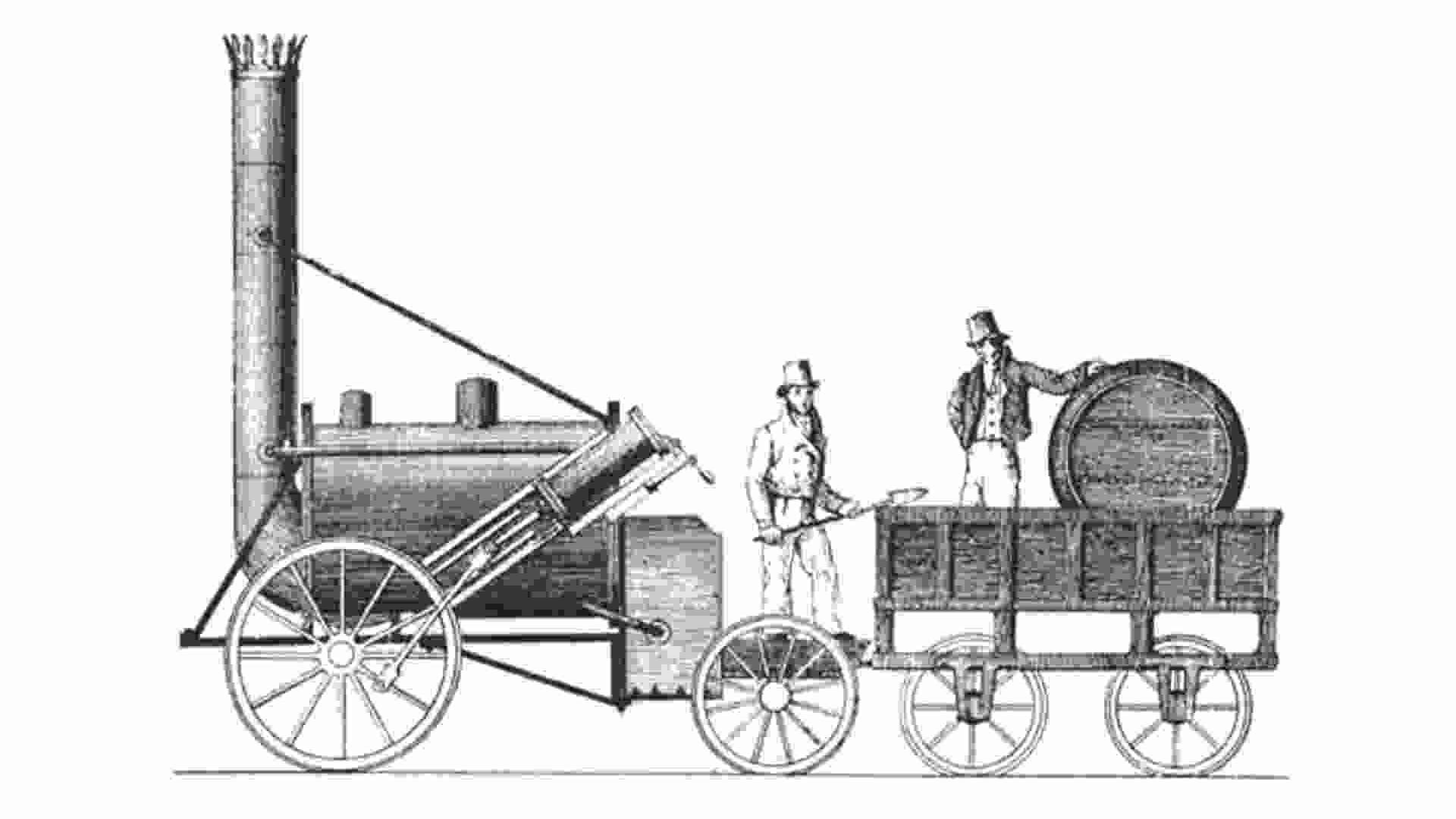
Stockton-on-Tees native John Walker brought the world the friction (safety) match. Walker’s aversion to blood while working as an apprentice to a surgeon pushed him in another direction, one which would have him cooking up chemical pastes that could ignite when attached to a match head and rubbed on a rough surface. Sadly, Walker never perfected the chemical mixture for the match paste and, therefore didn’t feel the need to patent it. Another man took over the business and subsequently marketed his brand of the “Walker” match far and wide. Walker did, however, receive posthumous credit for the invention of the match.

George Stephenson showed his mastery of mathematics, and particularly geometry when he constructed the skew arch bridge in Rainhill over the Liverpool and Manchester Railway. This was the first bridge built over a railway at an angle and demonstrated the use of physics and mathematics to create an architectural marvel.

Visionary, humanitarian, inventor, and philanthropist, William Armstrong has probably done more for the reputation of the North East than any other Englishman. Born in Newcastle, Armstrong is credited with several world-changing inventions. Among these are the hydraulic crane, which was inspired by Armstrong’s interest in fishing.
The hydraulic crane was revolutionary not just in Britain, but all over the world. The list of processes that could be made more efficient by his invention was endless and his cranes were rapidly adopted by railways and ports across the world. Newcastle’s Swing bridge over the River Tyne and London’s Tower Bridge are both powered by his technology.
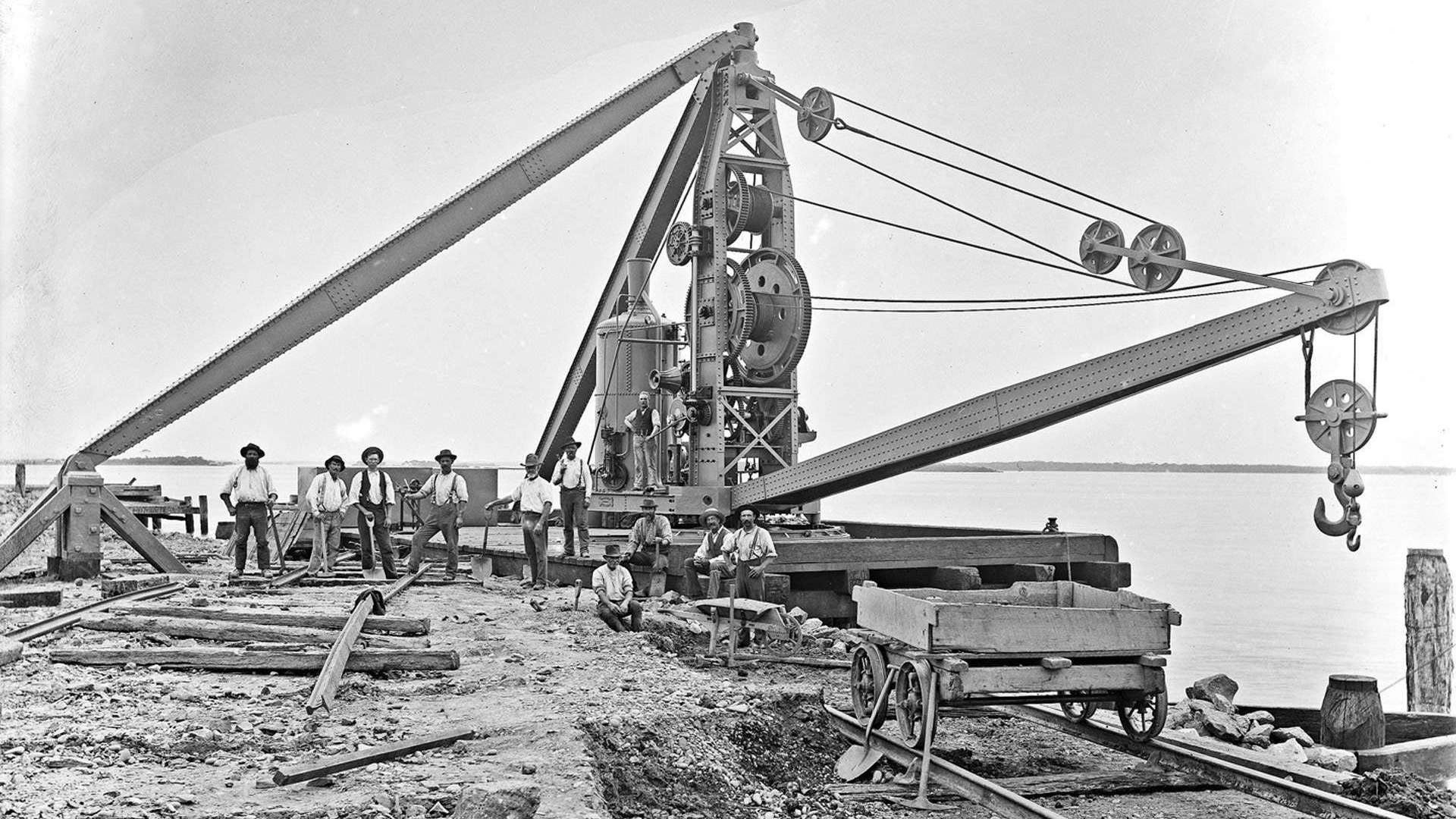
The benefit to mankind of some inventions isn’t always so clear cut. Such a case could be argued for weapons and munitions, and we therefore find a case of irony with Sir William Armstrong and his gun invention. This philanthropist and humanitarian brought to manufacture the Armstrong Gun, which was deployed in the American Civil War and the Japanese Revolution. The innovation of the Armstrong Gun gave him the moniker of ‘the inventor of modern artillery’. Despite his charitable contributions to local scientific establishments including the Armstrong College (now Newcastle University), New Museum of Natural History (now the Great North Museum) and Newcastle’s Royal Victoria Infirmary, Armstrong had no reservations about his invention, famously saying,
“If I thought that war would be fomented, or the interests of humanity suffer, by what I have done, I would greatly regret it. I have no such apprehension”
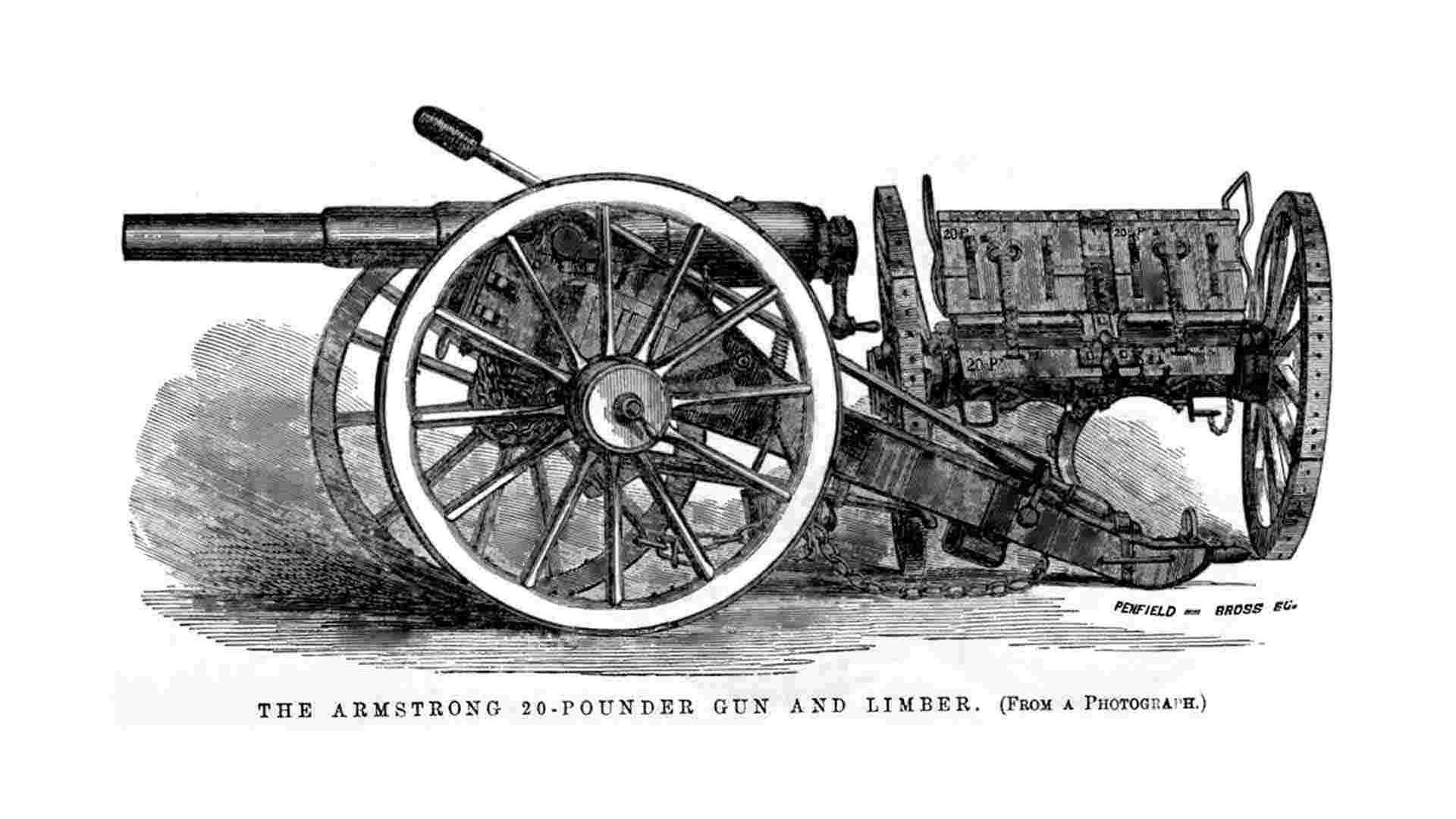
Joseph Swan demonstrated the first working prototype of the incandescent light bulb in 1860 and his house in Gateshead was the first in the world to be lit by a bulb. As with many inventions, there are often competing inventors behind the scenes. This is the case with the incandescent light bulb.
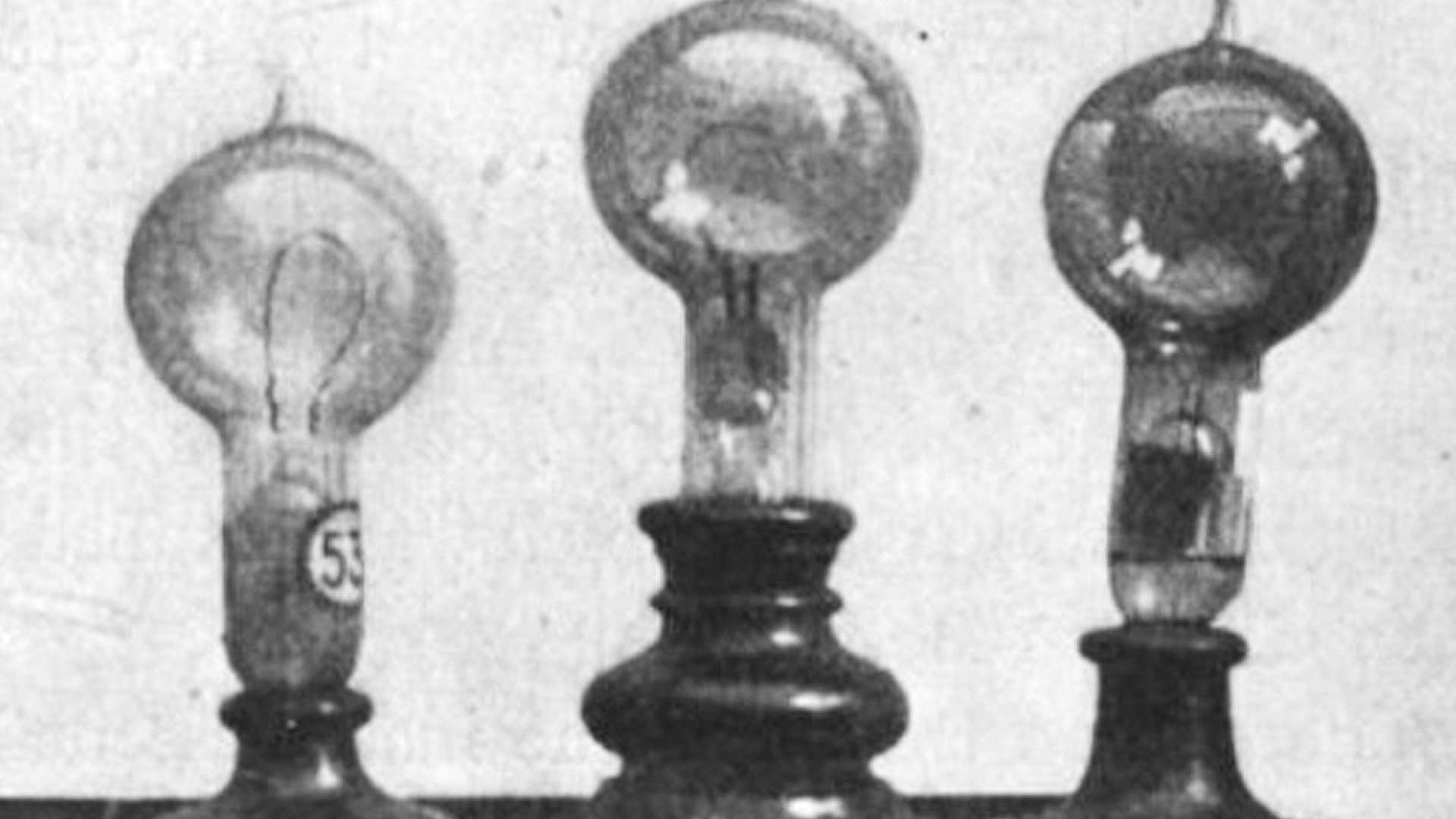
So why the confusion? Edison, who patented his bulb in 1879, essentially improved on a design that Joseph Swan had patented 10 years earlier. Edison’s improvements made the product much longer lasting and, therefore, was the first to successfully commercialise the invention and bring it to the masses.
After Swan sued and won against another manufacturer for patent infringement, Edison decided to enter negotiations rather than risk court proceedings, eventually leading to a merger and the formation of the Edison & Swan Electric Light Company.
As a visionary, Armstrong foresaw the use of alternate fuel sources almost two hundred years ahead of his time. His uncanny genius for thinking outside the box inspired him to advocate the use of hydroelectric power and his house, Cragside in Northumberland was the first house in the world to be lit by hydroelectric power.

Not to underestimate the creative talent of the North Easterners, Joseph Swan, the inventor of the lightbulb, was also instrumental in bringing the dry photographic plate to light. This was a major development in the field of photography and put society on track to the invention of modern film. Swan ultimately patented his specialty bromide paper, which became the standard for photographic prints.
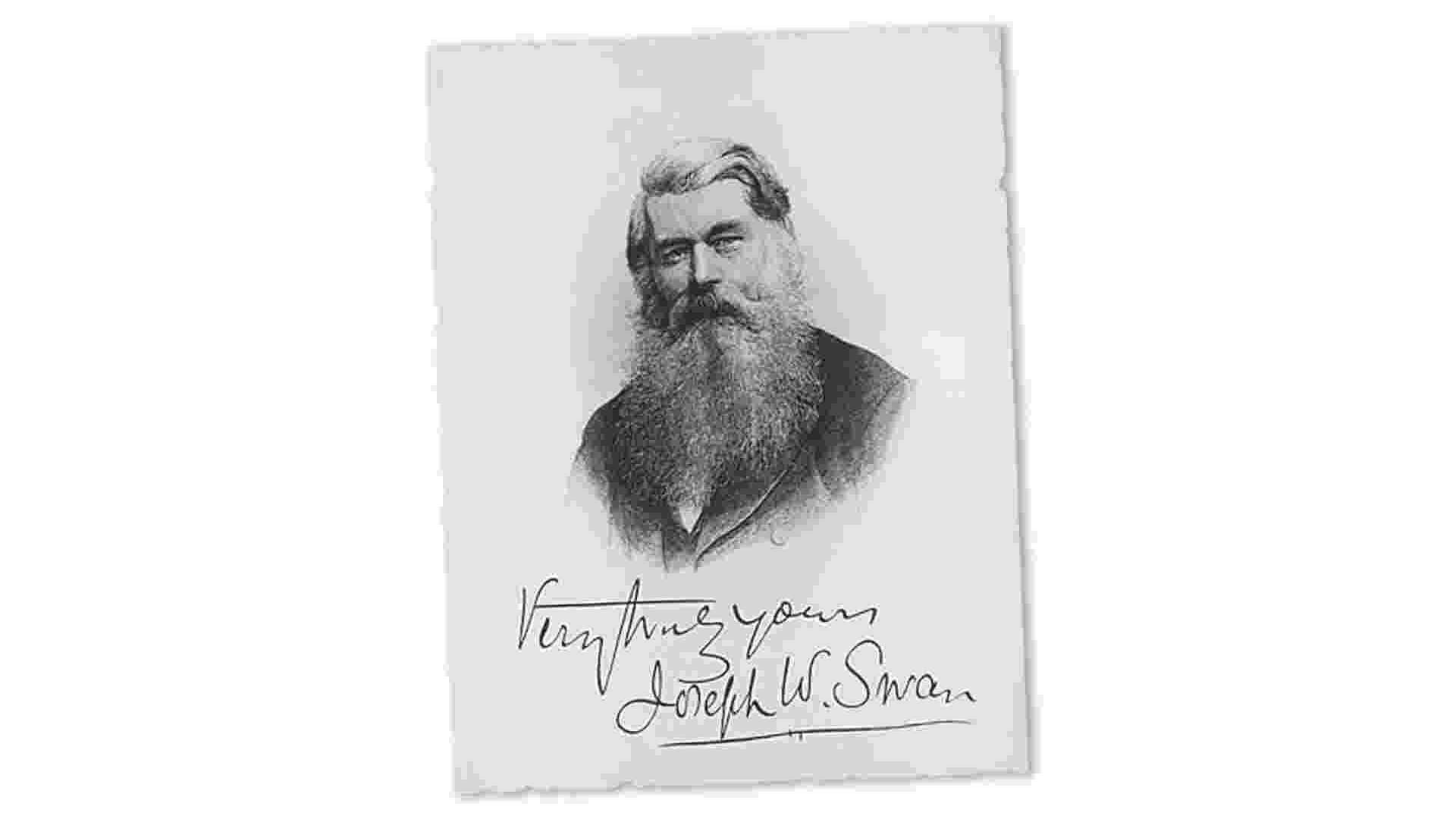
Getting knighted in 1911 was not the only distinction that Charles Parsons received. He also received the Rumford Medal and the Copley Medal, both awarded by the Royal Society for outstanding achievements in the scientific disciplines. As an apprentice of an engineering firm in Newcastle, Parsons went on to invent the steam turbine.
In 1889, he founded two of his own companies in Newcastle, one of which was C A Parsons and Co., which would manufacture his design of turbo-generators and produce the fastest turbine-driven battleships in existence.
Famously, Parsons decided to showcase his technology by gate-crashing the naval review of 1897, which was to honour Queen Victoria’s diamond jubilee, weaving in-between and outstripping the other warships in the harbour after the queen had inspected them.
The invention of Parsons’ steam turbine made cheap and plentiful electricity possible and revolutionised marine transport and naval warfare.

The omnipresent light switch was brought to us by another Newcastle inventor by the name of John Henry Holmes. In 1884, Holmes patented the now familiar light switch, which came about as a result of installing lighting at his father’s house in Newcastle. The original model in the UK, the Castle dynamo, was more than just a dynamo — it was a worldwide fireball.

It is always interesting how people figure out ways to avoid required costs, such as tolls, by devising novel ways to circumvent established protocols. Such was the motivating factor behind the design of the trunk deck ship. Invented by Robert Ropner at his shipyard at Stockton-on-Tees, the inward tapering hull of this vessel afforded more favorable treatment under canal toll rules in place at the time of its use, during the latter part of the 1890s. These ships enjoyed a heated and lucrative construction until the tonnage toll rules changed in 1911.

Cars were not always the convenient electronically equipped vehicles they are today. A little more than a hundred years ago, you could not simply drive along during a rain shower and expect to see out the front window for too long. Well, Newcastle native Gladstone Adams fixed that with the invention of the windscreen wiper. This inventor had his “eureka!” moment when he was driving home from a Newcastle United game during snowy weather. After stopping several times, he realised the solution, and thus came up with the wiper wiper.

It is little known that the aeroplane joystick was invented by Arthur George, a North Easterner. The joystick brought all three critical components of flight dynamics (yaw, roll, and pitch) under one roof, so to speak. A self-taught pilot, George brought control — and joy — into the cockpit so we all can have a smooth flight.

The Newcastle chemist William Owen experimented back in the 1920s with the formulation of drinks that would help people with common illnesses like flu and cold. Originally called Glucozade, these beverages were marketed to hospitals for use by patients. The name of the drinks was later changed to Lucozade.
Another North Eastener, Wilfred Handley, invented a product called Domestos, which served as a cleaning agent. It was largely composed of sodium hypochlorite, the chemical that when mixed with water, becomes bleach. The product was originally sold door-to-door by salesmen who refilled customers’ stone jars with the caustic chemical. In 1961, Domestos was acquired by the industrial conglomerate Lever Brothers and introduced to the world as the product we all know and use to this day.

In 1936, the Imperial Chemical Industries (ICI) plant in Stockton-on-Tees began the first commercially viable production of the acrylic safety glass — Perspex. The transparent thermoplastic, or for the chemists out there, poly (methyl methacrylate) was used extensively during World War II for submarine periscopes and aircraft windshields, canopies, and gun turrets. Airplane pilots whose eyes were damaged by flying shards of perspex fared much better than those injured by standard glass. The shatter-resistant alternative to glass continues to be a huge seller all around the globe.

Moving to the new millennium, we have Jonathan Ive, a graduate of Newcastle Polytechnic (now Northumbria University). Ive heads up the Apple Industrial Design Group and is the designer of many of Apple’s products, including the MacBook Pro, iMac, MacBook Air, Mac mini, iPod, iPod Touch, iPhone, iPad, iPad Mini, Apple Watch and iOS. Steve Jobs referred to Ive as his “spiritual partner at Apple”.
The Gateshead Millennium Bridge is the first tilting bridge ever put in operation. Spanning the River, this tilting extravaganza pivots to allow tall yachts and cruisers to glide safely underneath. The bridge was conceptualised by William Eyre Architects and draws tourists from around the world.

Newcastle does not just produce industrial innovators and scientists. Take Persian scientist and a world-renowned expert on stem cell biology, Karim Nayernia. Although not a native of North East England, Nayernia worked at Newcastle University in 2006 where he and his team were the first in the world to isolate a new type of stem cell from adult mouse testes, called spermatagonial stem cells. His work was able to show that some of these stem cells, called multipotent adult germline stem cells (maGSCs), turned into heart, muscle, brain and other cells. This discovery is now paving the way to new treatments and interventions for a range of medical conditions such as heart disease, Parkinson’s disease and male infertility.

What on earth is foul release paint? Simply put, when ships navigate the seas, organisms like barnacles and microorganisms love to grow on the surface of the submerged part of the hull. Well International Paints of Felling in Gateshead discovered a non-biocidal paint that would use inventive chemistry rather than harmful chemicals to solve the problem. The company came up with a silicone-based fluoropolymer which when applied to the boat surface creates such a slippery surface that no barnacle (or any another organism) can hold on. The paint does not harm the seas and achieves the purpose of impeding slime build-up.
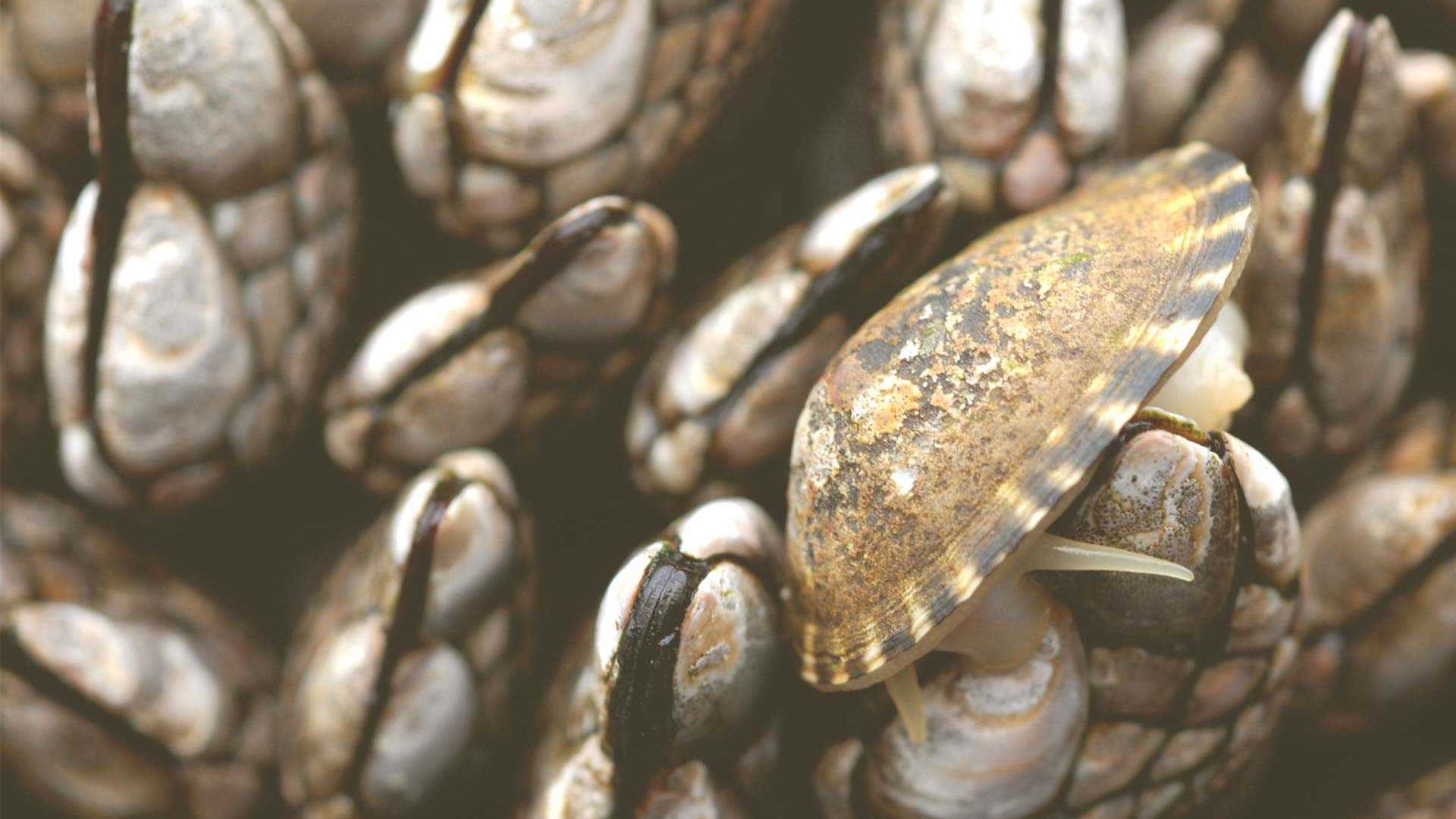
So we see from these twenty-three standouts that the North East of England has more than just rich history, exquisite castles, hearty ales and Newcastle United — the best football team on the planet. This part of England has brought us many everyday inventions that are as indispensable as the light bulb, or as people-saving as the lifeboat. Whether its the water in the North East or the warm hospitality of the inhabitants that is responsible for stimulating such creativity and innovation, with technology and innovation centres like CPI we can hope for more additions to this list in the near future.
Enjoyed this article? Keep reading more expert insights...
CPI ensures that great inventions gets the best opportunity to become a successfully marketed product or process. We provide industry-relevant expertise and assets, supporting proof of concept and scale up services for the development of your innovative products and processes.